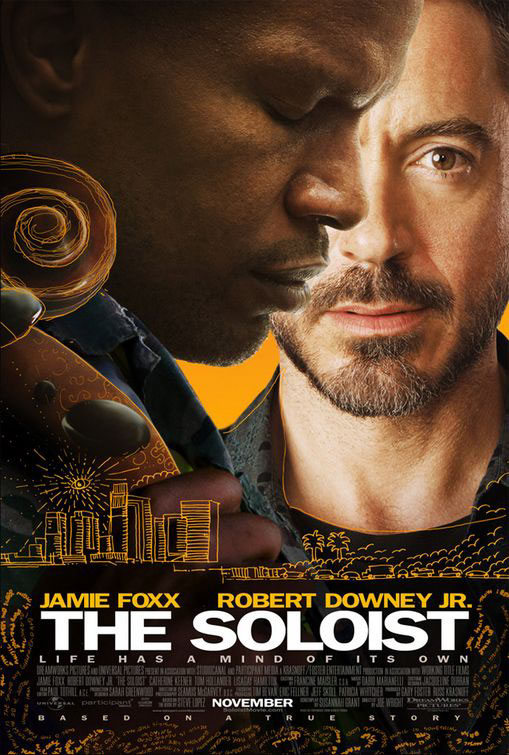

 n immigrant's saga more than "a baseball movie," Sugar ultimately runs headlong away from the clichés that mar formula sports-related narrative films. In embedding their tale in the consciousness of 19-year-old Dominican pitching prospect Miguel "Sugar" Santos (Algenis Perez Soto), whose attempt to become an American major leaguer meets with daunting complications, writer-directors Anna Boden and Ryan Fleck trust the accretion of small successes, humiliations and frustrations to supply the drama of a young man who, for all his potentially remunerative gifts, is unfinished.
n immigrant's saga more than "a baseball movie," Sugar ultimately runs headlong away from the clichés that mar formula sports-related narrative films. In embedding their tale in the consciousness of 19-year-old Dominican pitching prospect Miguel "Sugar" Santos (Algenis Perez Soto), whose attempt to become an American major leaguer meets with daunting complications, writer-directors Anna Boden and Ryan Fleck trust the accretion of small successes, humiliations and frustrations to supply the drama of a young man who, for all his potentially remunerative gifts, is unfinished.
Boden and Fleck's sleeper Half Nelson rode a flashy Ryan Gosling star turn to Oscar attention, but Sugar is largely free of the contrivances and wobbly structure that marred that hip Mr. Chips redemption story. It makes Sugar—Miguelito to the family that dreams for his success and their security—someone who owns his quest, whose identity isn't forged through development on the mound but in the struggle to assimilate and thrive in an alien society.
An assiduous builder and carpenter who makes love to his girlfriend in the unoccupied house he's begun constructing for his hopeful family, Sugar becomes a star at a Kansas City team's "academy" in his hometown (the baseball hotbed San Pedro de Macorís) where the impoverished hopefuls are drilled not only in on-field skills but diamond phrases like "fly ball" and English interview essentials like "I need to work on my mechanics." T
The phenom's imagined future seems palpably attainable when he's invited to spring training in Arizona, promising family and friends that his talented right arm will make him rich and celebrated before he returns. The everyday banalities of Phoenix are wonders to Sugar and his fellow Latino neophytes; veteran catcher and mentor Jorge (Rayniel Rufino) has to school them to pass up pricey hotel-room mini-bars and TV porn, and all the rookies parrot "french toast" at the breakfast diner because they can't read the menu.
Advancing to minor-league ball in the Midwest, Sugar finds more awkward, limited Anglocentric guidance. The Iowa farm family he lodges with sees themselves as the caretakers of his athletic and moral development: "No cervezas in the cazza and no chickas in the bedroom" are the rules they issue in cornpone Spanish.
The plot of Sugar become suffused with anxiety when Miguel loses command of his hurler's repertoire, desperately tries some unidentified "performance-enhancing" pills that are no help, and a steadier young Dominican usurps his place in the pitching rotation. While the American baseball superstructure upon which Latino prospects are dependent for support isn't explicitly condemned, it's seen to lack empathy for the visa-holding youths it has uprooted and placed in a charged, high-pressure bubble. Sugar's drawling, white A-ball manager tries to assuage his charge's jitters by wrong-headedly telling him, "I used to be just where you are." A final-act sea change leads Sugar to the Bronx of the storied Yankees, but in an assertion of independence rather than on a professional journey.
Soto, like many of the young actors a first-time professional, embodies youth in accelerated transition, whether being rebuffed in an Iowa disco by jealous rednecks or saying what baseball lifers want to hear. When Sugar and his peers sing a phonetically memorized version of "Take Me Out to the Ball Game" over a bottle on the eve of his departure for the States, it's an incantation to summon a Pan-American dream. This modest bildungsroman, shot mostly in fly-on-the-wall style, frees Miguel/Sugar from a fixed track, rewarding him with newfound community and renewed autonomy.
Do you want to start watching Free Live TV online? or learn more about watching Live TV on your computer? If so, click here to find out how you can Watch live TV online


 arely has a child's POV been as evocatively emulated as it is in So Yong Kim's Treeless Mountain, a work of tremendous poise and poignancy that assumes and articulates the perspective and emotional tenor of its two juvenile protagonists. Kim's film is reportedly semi-autobiographical, which goes some way toward explaining the South Korean director's striking ability to tap into the anxiousness and frightening disorientation that engulfs pint-sized sisters Jin (Hee Yeon Kim) and Bin (Song Hee Kim) after their mother dumps them in the care of a cold, selfish relative.
arely has a child's POV been as evocatively emulated as it is in So Yong Kim's Treeless Mountain, a work of tremendous poise and poignancy that assumes and articulates the perspective and emotional tenor of its two juvenile protagonists. Kim's film is reportedly semi-autobiographical, which goes some way toward explaining the South Korean director's striking ability to tap into the anxiousness and frightening disorientation that engulfs pint-sized sisters Jin (Hee Yeon Kim) and Bin (Song Hee Kim) after their mother dumps them in the care of a cold, selfish relative.


















